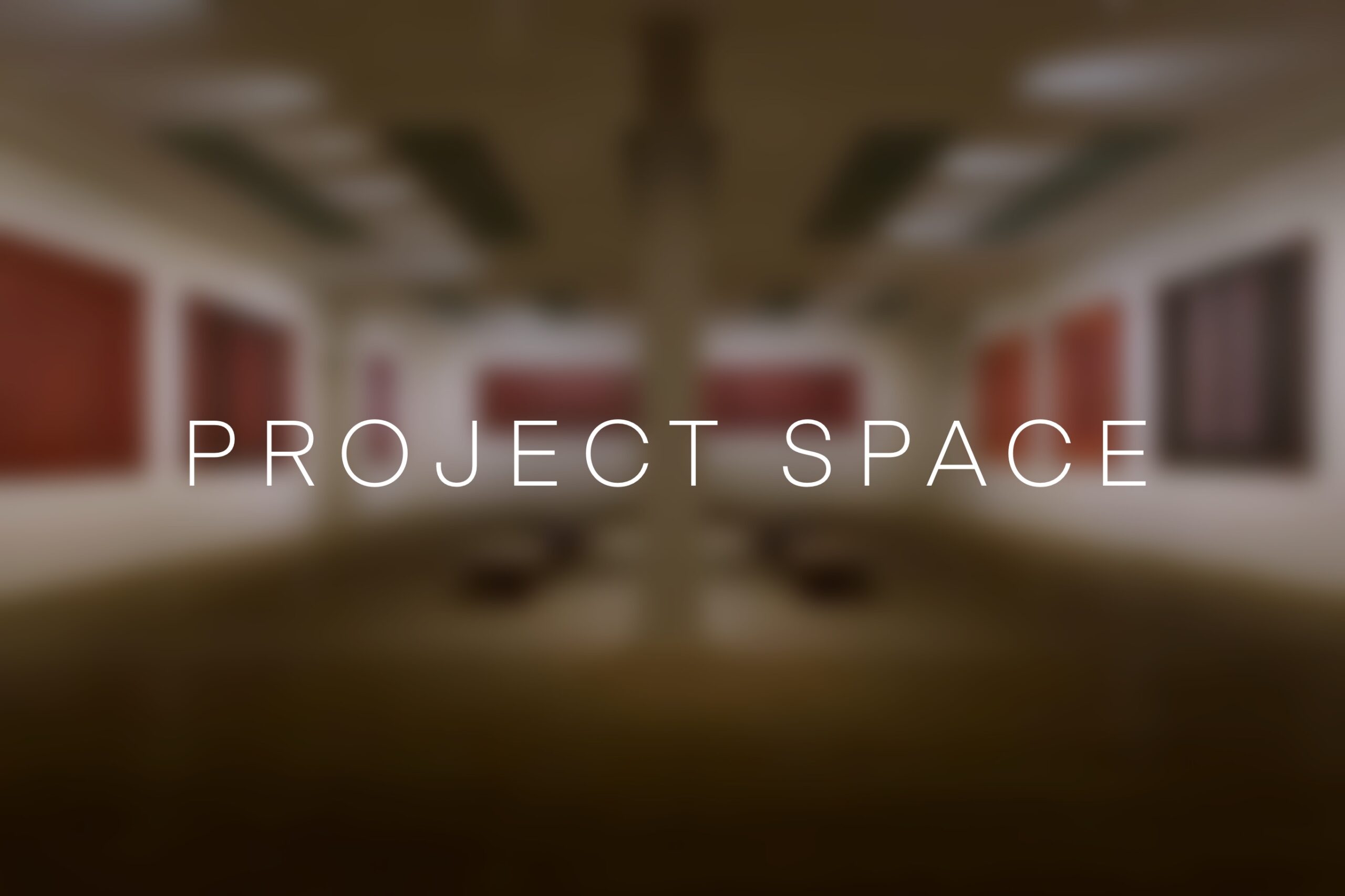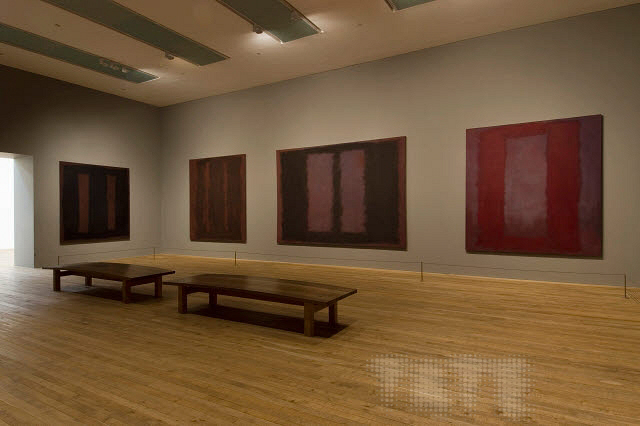Week 5: Multisensory Spaces

Recap
In my previous post I identified that subverting the audience’s expectation of the white cube space for a more decolonial setting connects the location and physical architecture with the artistic experience. The non-conventional setting does not form a background of perception in the same way that blank walls do. As a result, I will have to be precise with how the space interacts with artworks, as to not undermine the curatorial themes.
Why Space Matters
The development of communication and learning theory, moving from seeing reality as plural and relative, to a stance that acknowledges the world as a social construct and subject to change alongside the interactions of individuals within society has been an influencing force for the curatorial turn that has moved from being object based, to focusing on cultural democracy and audience engagement (Caro, 2015). Appleton posits that with this new focus on the visitor’s pursuit of pleasure in engaging within the material components of the museum, studies on the multi-sensory dimensional impact on the museum as a whole need to be carried out (1978). Here, Appleton is thinking of the museum or gallery from a stance that is more than its exhibitions, instead looking to the total interaction of space on the audience and the experience of the museum. Laura De Caro furthers this notion, by approaching the experience from an ‘embodied rather than cognitive or social perspective allows the visitor to assume an active role’ in the museum experience and is recognised as ‘an actor in a dialogic multisensory process of communication’. Within this participatory turn with the attitude to the audience, the viewer becomes essential to the realisation of a curatorial project, acting as a connector between and compositing the individual elements of an exhibition into an experienced narrative. However, Professor Michelle Henning, of the University of Liverpool, iterates that one of the issues with applying communication theories to the context of exhibitions and museums is the focus that becomes placed on the information and narratives constructed from concrete objects, rather than the experience of the viewer within the exhibition space; the sensory engagements of the museum or gallery as a whole hold significant weight alongside the more explicit messages (2006). In this context, the multisensory experience can refer to the way that interactions with gallery staff, bookshop displays, welcoming presentation, all form the holistic experience of the museum (Caro, 2015). However, this can also be extended to the very architecture to of the building itself.
Co-director of the Study of the Senses, Barry C Smith makes us aware of the ways that sensory experiences have a transmutable effect, altering our perception of observed experiences, saying that ‘we do not experience the world in separate parcels’ sensory inputs combine to make a uniformed conscious field. For example, looking at psychological examples, such as the parchment skin illusion, the sound of rubbing sandpaper played to individuals rubbing their own hands together resulted in them perceiving that their own hands felt rougher and drier. Smith extends this to the architecture of the gallery, the psychological effects may not be as distinct as psychological illusion, but the special qualities that either inhibit or amplify natural acoustics of the space are supposed to have an effect on the way that the individual appreciates a work of art, ‘an artwork is inseparable from the experience of it’ (Smith, 2020, p.92), and this is seen particularly in the way that the paintings of Mark Rothko were exhibited in Tate Britain Collection.
Mark Rothko Tate Britain Case Study

Rothko Room, Tate’s Seagram Murals display, Tate Modern, c.2006 source: https://www.tate-images.com/preview.asp?image=M00814&badge=true&tc=true
This collection titled the Seagram Murals was originally commissioned to be permanently installed in the illustrious Four Seasons restaurant in New York City’s Seagram Building (Tate, 2022). However, he was stated to have only accepted this assignment as a challenge, hoping to make the wealthy “viewers feel that they are trapped in a room where all the doors and windows are bricked up, so that all they can do is butt their heads against the wall” (Rothko, in Breslin, 1993, p.3). In 2008 when these pieces were relocated from Tate Britain to the rooms of Tate Modern, a location characterised by its smaller space and lower ceilings (Tate, 2008) it also caused a change in the way visitors encountered the artwork (Smith, 2020). This new space allowed the emotions that Rothko intended to incur in a more visceral way, demonstrating that space has the power to activate art, ‘it is not enough for it to find a home: an artwork must belong’ (Smith, 2020, p.92).
Application to Individual Speculative Project
Moving forward I have concluded that due to the role that space will take in my curatorial project, it is important for me to find an exhibition location that activates and collaborates with the art to create a comprehensive experience, as well as recognising that the exhibition experience is not constructed of only the exhibition, but also from exterior stimuli that construct the gallery experience. Finally, by completing these tasks I will encourage a more participatory exhibition with an attentiveness to the audience. To understand what the necessary requirements are of the exhibition space I will first need to refine my curatorial theme, and the specifics of what art the space will need to accommodate.
Bibliography:
- Appleton, J. (1978). The Poetry of Habitat. Hull, UK: Landscape Research Group and Dept. of Geography.
- Breslin, J.E.B. (1993). Mark Rothko : a biography. Chicago U.A.: Univ. Of Chicago Press.
- Caro, L. (2015). Moulding the Museum Medium: Explorations on Embodied and Multisensory Experience in Contemporary Museum Environments. ICOFOM Study Series, (43b), pp.55–70.
- Henning, M. (2006). Museums, Media and Cultural Theory. Maidenhead, UK: Open University Press.
- Smith, B.C. (2020). Museums and the Embodied Mind: Sensory Engagement with Artworks and Architecture. Architectural Design, 90(6), pp.88–93.
- Tate (2008). Mark Rothko at Tate Modern | TateShots. Tate . Available at: https://youtu.be/lPgj7lHnU10?feature=shared [Accessed 13 Feb. 2025].
- Tate (2016). Mark Rothko – Display at Tate Modern | Tate. [online] Tate. Available at: https://www.tate.org.uk/visit/tate-modern/display/in-the-studio/mark-rothko, [Accessed 13 Feb. 2025].
- Tate (2022). Mark Rothko: The Seagram Murals – Display at Tate Britain. [online] Tate. Available at: https://www.tate.org.uk/visit/tate-britain/display/jmw-turner/mark-rothko-seagram-murals.



